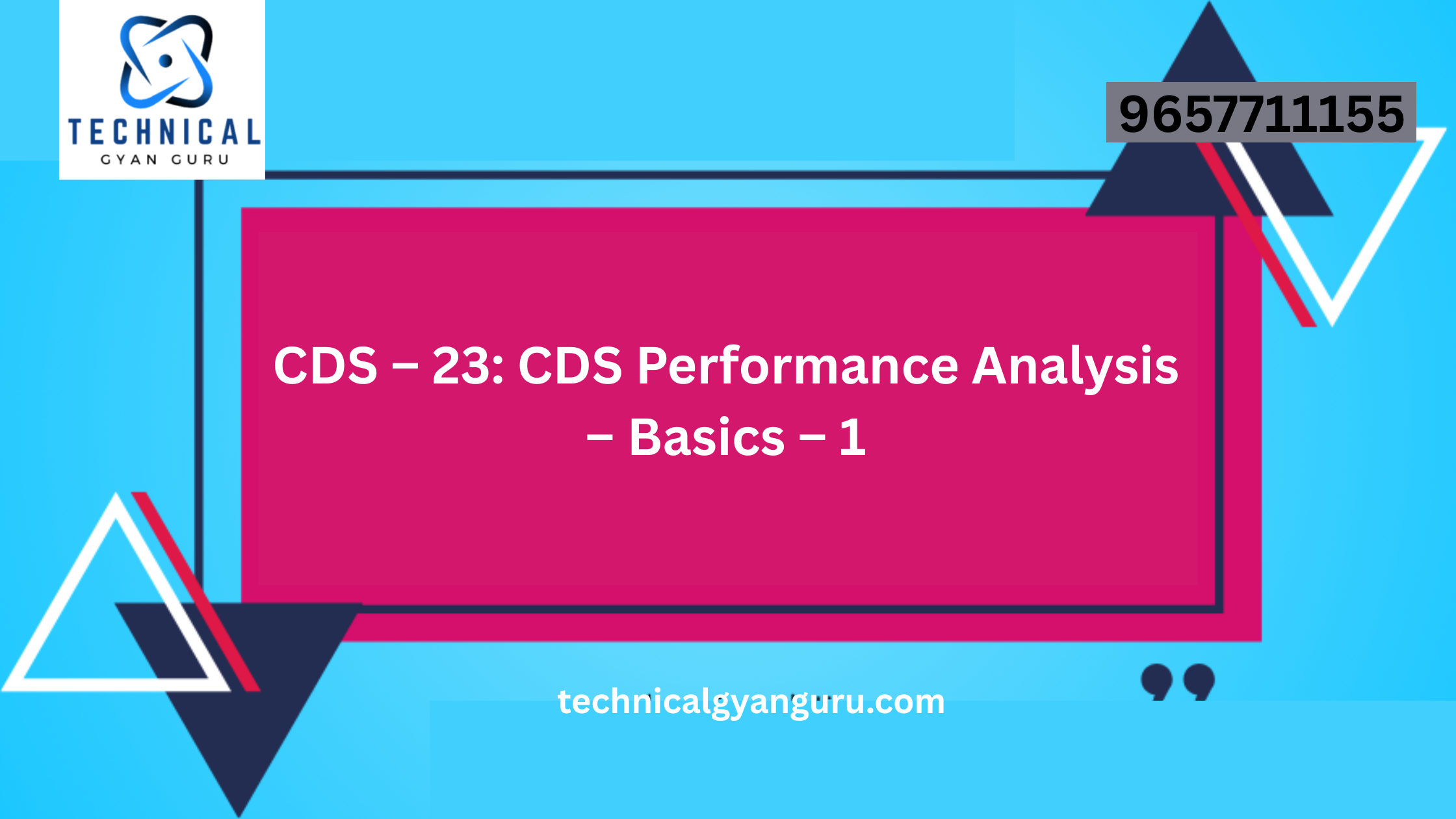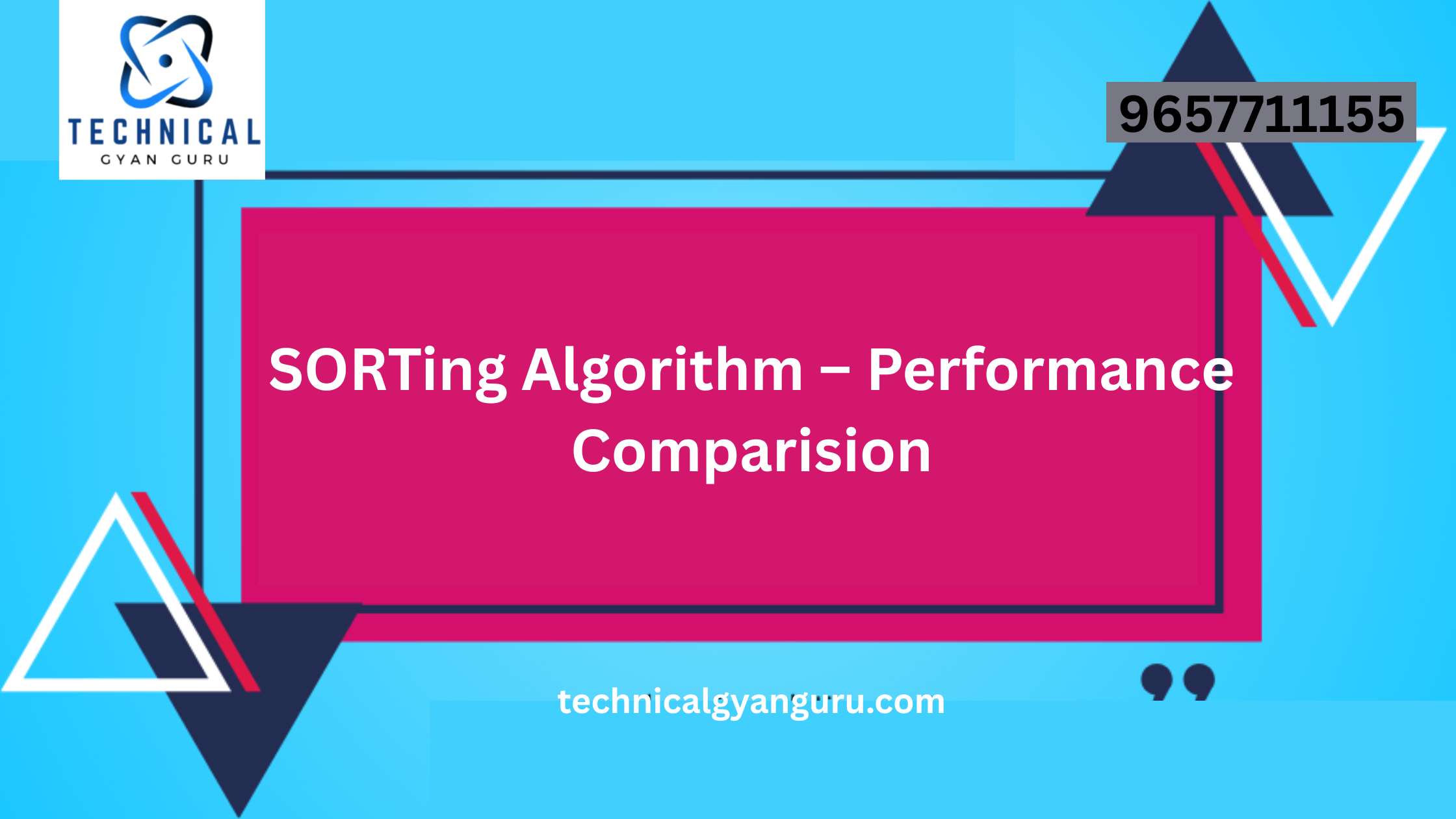Introduction: Bank Accounting in SAP FI
Bank Accounting in SAP FI: In the intricate landscape of enterprise resource planning (ERP), SAP FI (Financial Accounting) emerges as a powerful solution for managing financial processes. Among its many modules, Bank Accounting in SAP FI stands out as a crucial component for organizations seeking to optimize their financial transactions and ensure seamless integration with banking systems. In this blog, we will navigate through the world of Bank Accounting in SAP FI, unraveling its significance, key features, and best practices for efficient financial management.
I. The Significance of Bank Accounting in SAP FI:
- Cash Flow Optimization: Bank Accounting in SAP FI plays a pivotal role in optimizing cash flow management. It provides businesses with the tools to monitor cash positions, forecast cash flows, and execute transactions with precision, ensuring financial stability and liquidity.
- Seamless Integration with Banking Systems: The module seamlessly integrates with external banking systems, facilitating smooth electronic transactions, including payments, receipts, and reconciliations. This integration minimizes manual efforts, reduces errors, and enhances overall efficiency in financial processes.
- Compliance Assurance: Bank Accounting in SAP FI ensures compliance with financial regulations and accounting standards. It provides robust features for recording and tracking financial transactions, supporting audit trails, and aiding in the preparation of accurate financial statements.
II. Key Features of Bank Accounting in SAP FI:
- Electronic Bank Statement (EBS) Processing: SAP FI facilitates the electronic processing of bank statements, automating the reconciliation of bank transactions with internal accounting records. This feature enhances accuracy, speeds up the reconciliation process, and reduces the risk of errors.
- Payment and Collection Processing: The module supports efficient payment and collection processing by allowing businesses to configure payment methods, generate payment orders, and manage collections seamlessly. This ensures accurate and timely execution of financial transactions.
- Bank Reconciliation: Bank Accounting in SAP FI offers robust tools for bank reconciliation, enabling organizations to match internal records with bank statements. This ensures that discrepancies are promptly identified and rectified, maintaining financial transparency.
- Cash Position Management: SAP FI provides features for monitoring and managing cash positions in real-time. This includes tools for forecasting cash flows, tracking cash balances, and optimizing cash usage to meet business needs.
III. Best Practices for Bank Accounting in SAP FI:
- Regular Reconciliation: Conduct regular reconciliation of bank statements with internal records to identify and rectify discrepancies promptly. This practice ensures accurate financial reporting and compliance with audit requirements.
- Efficient Use of Electronic Payment Methods: Leverage SAP FI’s capabilities to implement and optimize electronic payment methods. This not only reduces the reliance on manual processes but also enhances the security and efficiency of financial transactions.
- Automation of Transaction Workflows: Automate transaction workflows within SAP FI to streamline payment initiation, approval processes, and reconciliation. Automated workflows minimize delays, improve accuracy, and enhance overall efficiency in financial transactions.
- Comprehensive Training for Users: Provide comprehensive training to users involved in Bank Accounting processes. A well-trained team ensures that SAP FI – Bank Accounting is utilized to its full potential, maximizing efficiency and minimizing errors.
Conclusion:
Bank Accounting in SAP FI serves as a cornerstone for organizations seeking to optimize their financial transactions, enhance cash flow management, and ensure compliance with financial regulations. By harnessing its features and adhering to best practices, businesses can unlock the full potential of SAP FI – Bank Accounting, paving the way for financial efficiency and success in their ERP journey.







